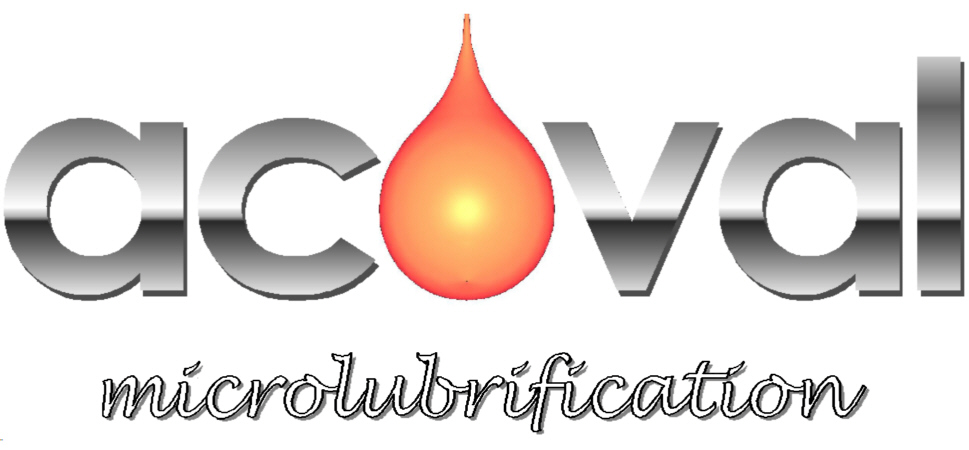
 |
Français |
The principles of spraying
|
|
Printable version |

|
||||
|
The principles of spraying
|
| |||
Spraying has several meanings. We aim:
There are several way to spray:
| Case | Process used | Adjustment of the liquid flow |
|---|---|---|
| 1 | by pushing a liquid under high pressure through a nozzle (sample: a gas oil injector). | by changing the liquid pressure or features of the nozzles (the nozzle or its section, for sample with a cone-point screw). |
| 2 | by supplying a nozzle with a gas. The pressure is sufficient to suck the liquid up and to spray it. | by changing the gas pressure or with a flow regulator set on the liquid circuit. |
| 3 | by throwing through a nozzle a mist made up from a gas and a liquid. The nozzle is not used to create the mist. |
by changing the mist concentration or its flow. |
| 4 | with a nozzle separately fed with liquid and compressed gas. The gas sprays the liquid but does not suck it up. |
with something included in the device which feeds the nozzle with liquid.) |
Most of the time the used gas is air
The sprayed quantity of liquid may be adjusted by changing the spraying duration.
The shape of the jet is a feature of nozzles. It is sometimes adjustable.
Most microlubrication devices are designed to spray as case (3) or (4). In fact, they are fitted with nozzles supplied in liquid by a micropump and in compressed air with a flow regulator or a pressure regulator. The liquid flow is adjusted with the capacities or micropumps capacity or by changing the timing of micropumps.
Microlubrication spraying is also named microspraying.
VIBRACO builds: